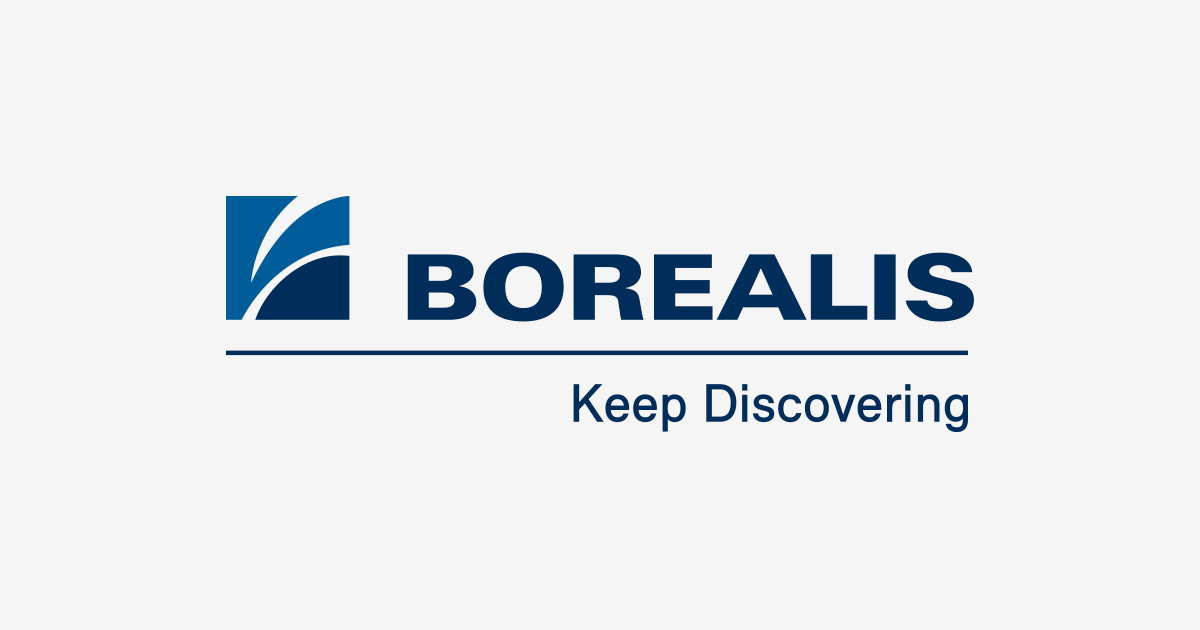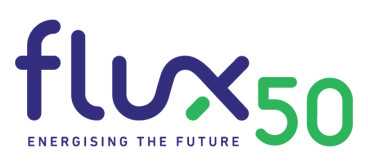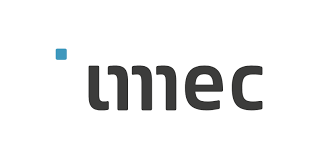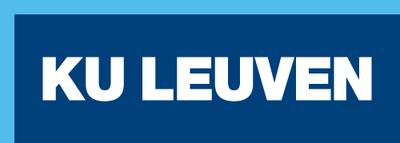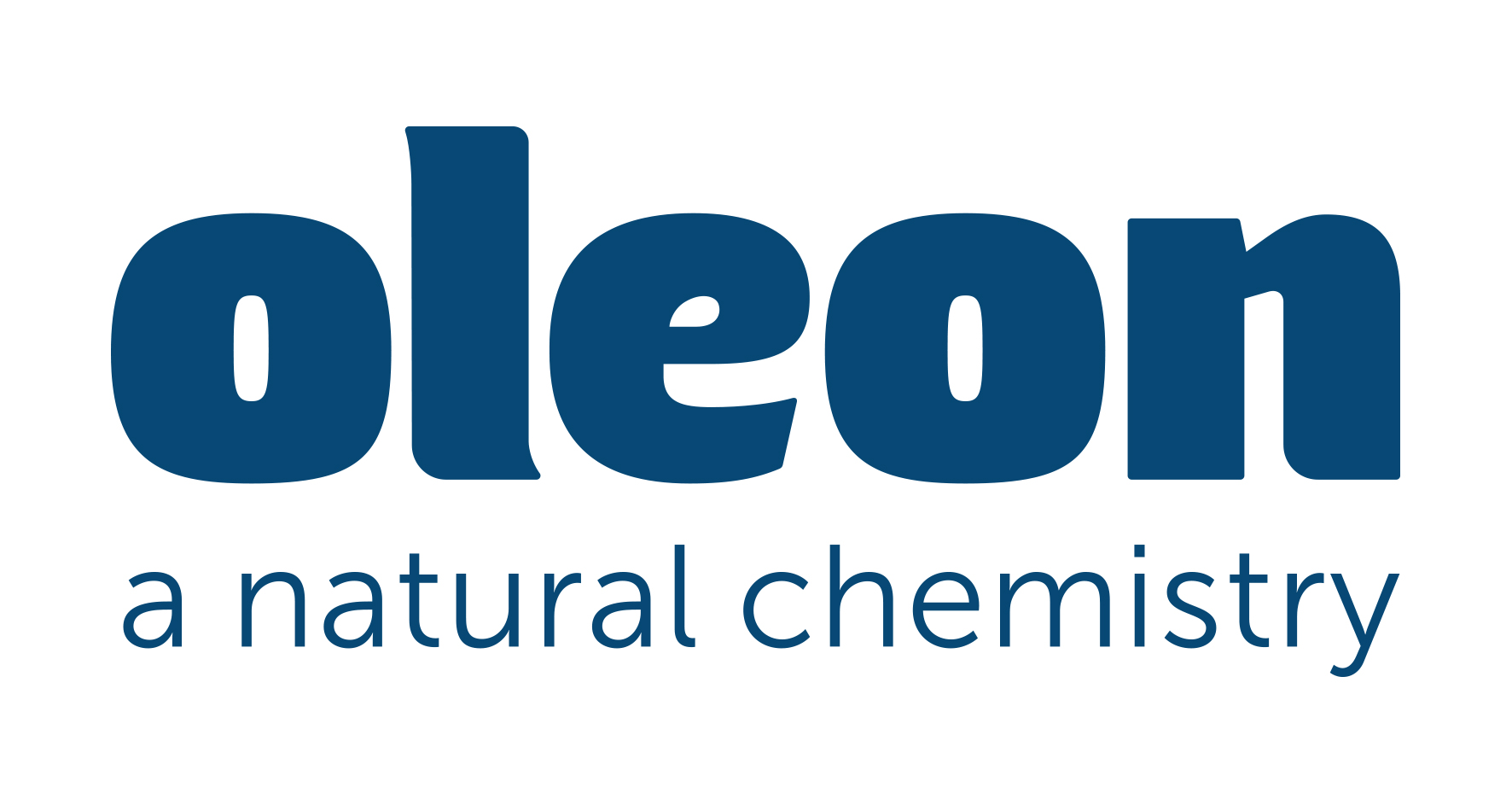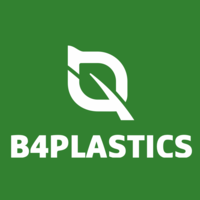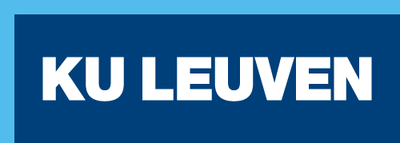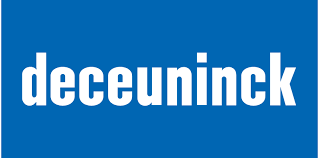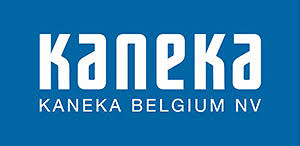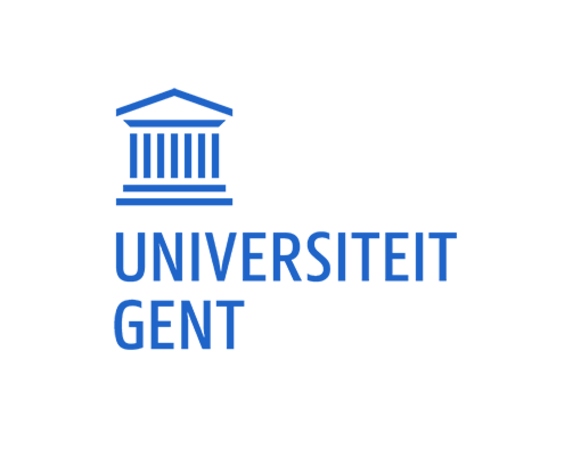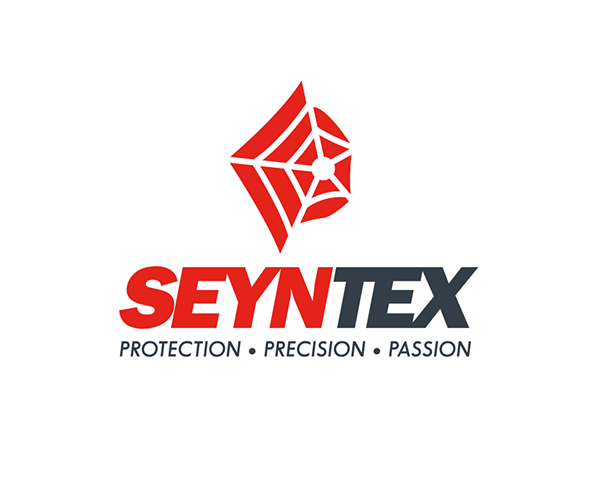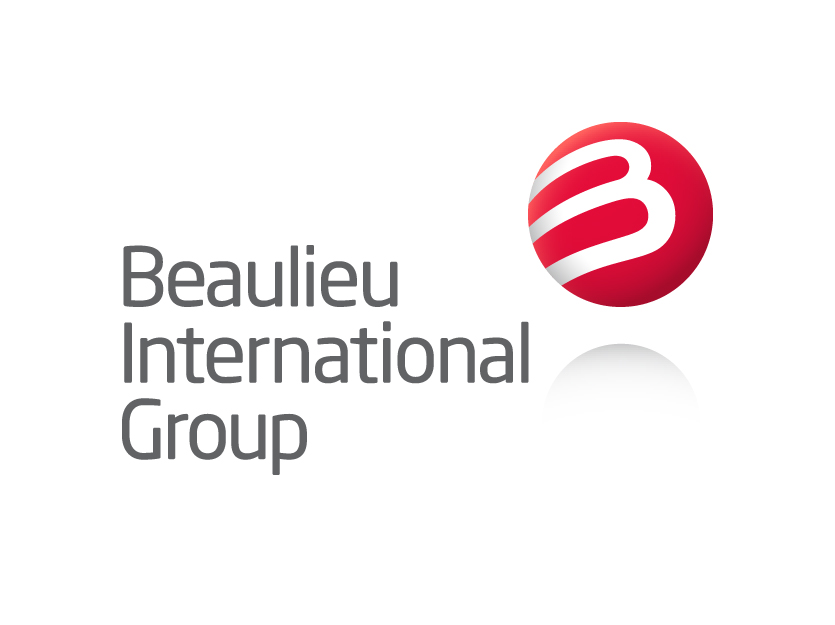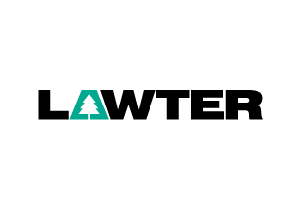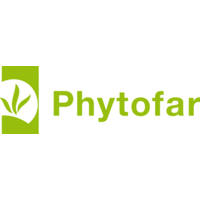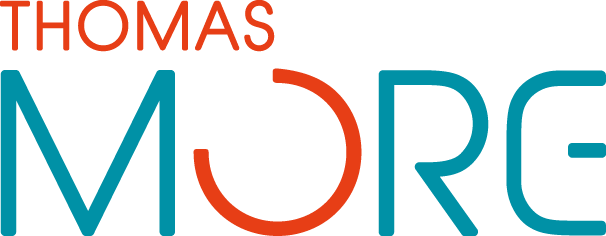Flame Retardants for Optimal Plastic Applications
GoalA fire hazard occurs when the appropriate conditions are present; a combustible material, oxygen and an ignition source. Plastics have the property that they burn easily, reach high temperatures during combustion and toxic gases are released during combustion. It’s mainly these toxic products that cause fatalities. The most common cause of death by fire, is the release and inhalation of carbon monoxide (CO). Every year, more than 5,000 people die in fires in Europe and more than 4,000 in the United States.
So it is ‘vital’ that the Flemish plastics industry pays attention to this danger, the rules, the incorporation of flame retardants in plastics and the various new technologies that are available for this purpose. In the near future, it will be more and more important to tune the used flame retardant technology to the (plastics)application or product. And as it is with many critical applications, are the requirements, standards and testing becoming increasingly stringent.
Intrinsic flame retardant plastics, plastics in which flame retardant additives are incorporated or that have flame retardant coatings, have a wide range of applications in very different domains, such as electricity, transportation and automotive, foam systems and interior. They work in different ways and in this study we want to list the different possibilities, with emphasis on the latest technologies and features. The advantages and disadvantages of the technologies will be clearly stated and also the economic and regulatory aspects will be taken into account.
The objectives of this feasibility study are:
- to make an inventory of the available flame retardants, synergistic effects and their usefulness for plastics (processing) companies
- to make an inventory of the recent research landscape (patent search) to also take into account the latest techniques (the so-called state-of-the-art)
- to make an inventory of and understand the regional and European regulations, environmental legislation and toxicology
- to develop a methodology for Flemish companies to help them understand the latest regulations and to have their products comply with these requirements
The study will apply to different products (thermoplastics, thermosets, rubbers) and processing techniques (eg, compounding, injection molding, extrusion, thermoforming). The feasibility study can be followed by one or more follow-up projects to develop new flame-retarding materials or techniques or to implement new techniques within plastic processing companies.
Project Details
| Project type: |
VIS |
| Approved on: |
20/11/2014 |
| Duration: |
01/01/2015 – 30/10/2015 |
| Total budget: |
€90.357 |
| Subsidy: |
€72.287 |
Project Partners



